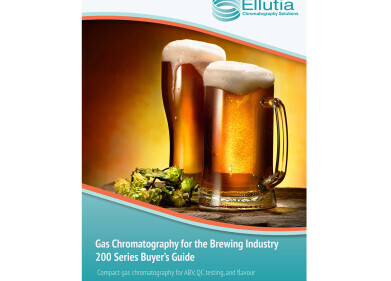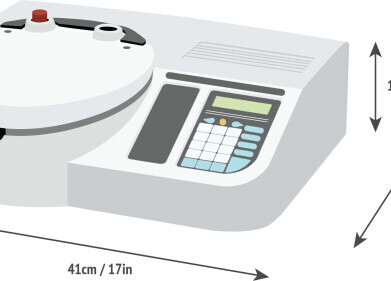Chromatography
Why Are Sweeteners Bitter?
Nov 17 2017
From diet soft drinks to low calorie lattes, the artificial sweetener movement has gained huge momentum over the past decade. Saccharin and cyclamate are two of the most popular sweeteners on the market, working together to tantalise the tastebuds. But interestingly, when used alone they can have a bitter aftertaste.
Finding a balance
Why? It's all about creating a balance. When used solo, saccharin and cyclamate trigger both sweet and bitter sensations. But when combined each sweetener cancels out the other's bitterness. The result is a perfectly sweet sensation, without the tart aftertaste.
So how does it work? The human tongue is covered in tiny molecules that act as receptors. They detect certain chemicals and allow the tastebuds to detect sweet, salty, sour, bitter and savory sensations. Artificial sweeteners work by using a chemical structure to activate the tongue's sweet receptors. They do a great job, with cyclamate is 30 to 40 times sweeter than sugar and saccharin around 300 times more powerful.
A "bitter sweet" reaction
That said, they're not perfect. While the primary sensation is sweet, saccharin and cyclamate can also trigger the tongue's bitter receptors which creates an unpleasant aftertaste. In the 1950s scientists realised that combining the two helped to mitigate this unwanted aftereffect. However, until now the specifics of why the solution worked were unknown.
Now, German molecular biologist Maik Behrens and his colleagues have gained new insight. Working from the German Institute of Human Nutrition, the team are on a mission to pinpoint exactly which bitter taste receptors are triggered by saccharin and cyclamate. They've spent months analysing the genes of all 25 of the tongue's known bitter receptors and come up with some exciting results.
Clogging the tastebuds
While cyclamate activates two bitter receptors, it also blocks different bitter receptors that are triggered by saccharin. It does this by slipping into the tiny spaces and clogging the receptors. Saccharin works in a similar way by blocking the bitter that cyclamate activates.
The findings were reported in the journal Cell Chemical Biology, with brain scientist Yuki Oka explaining, “This addresses a longstanding puzzle: why mixing two different sweeteners changes the aftertaste. They are interrupting each other at the receptor level.”
Want to know more about the latest scientific breakthroughs? Don't miss 'Analytical Method Development and Validation for the Identification of Spiraeoside Using RP-HPLC in Pharmaceutical Gel Formulation.' Validated as per ICH guidelines, it spotlights the cutting edge Reversed-Phase High Performance Liquid Chromatographic (RP-HPLC) method used in labs across the globe.
Digital Edition
Lab Asia Dec 2025
December 2025
Chromatography Articles- Cutting-edge sample preparation tools help laboratories to stay ahead of the curveMass Spectrometry & Spectroscopy Articles- Unlocking the complexity of metabolomics: Pushi...
View all digital editions
Events
Jan 21 2026 Tokyo, Japan
Jan 28 2026 Tokyo, Japan
Jan 29 2026 New Delhi, India
Feb 07 2026 Boston, MA, USA
Asia Pharma Expo/Asia Lab Expo
Feb 12 2026 Dhaka, Bangladesh



















